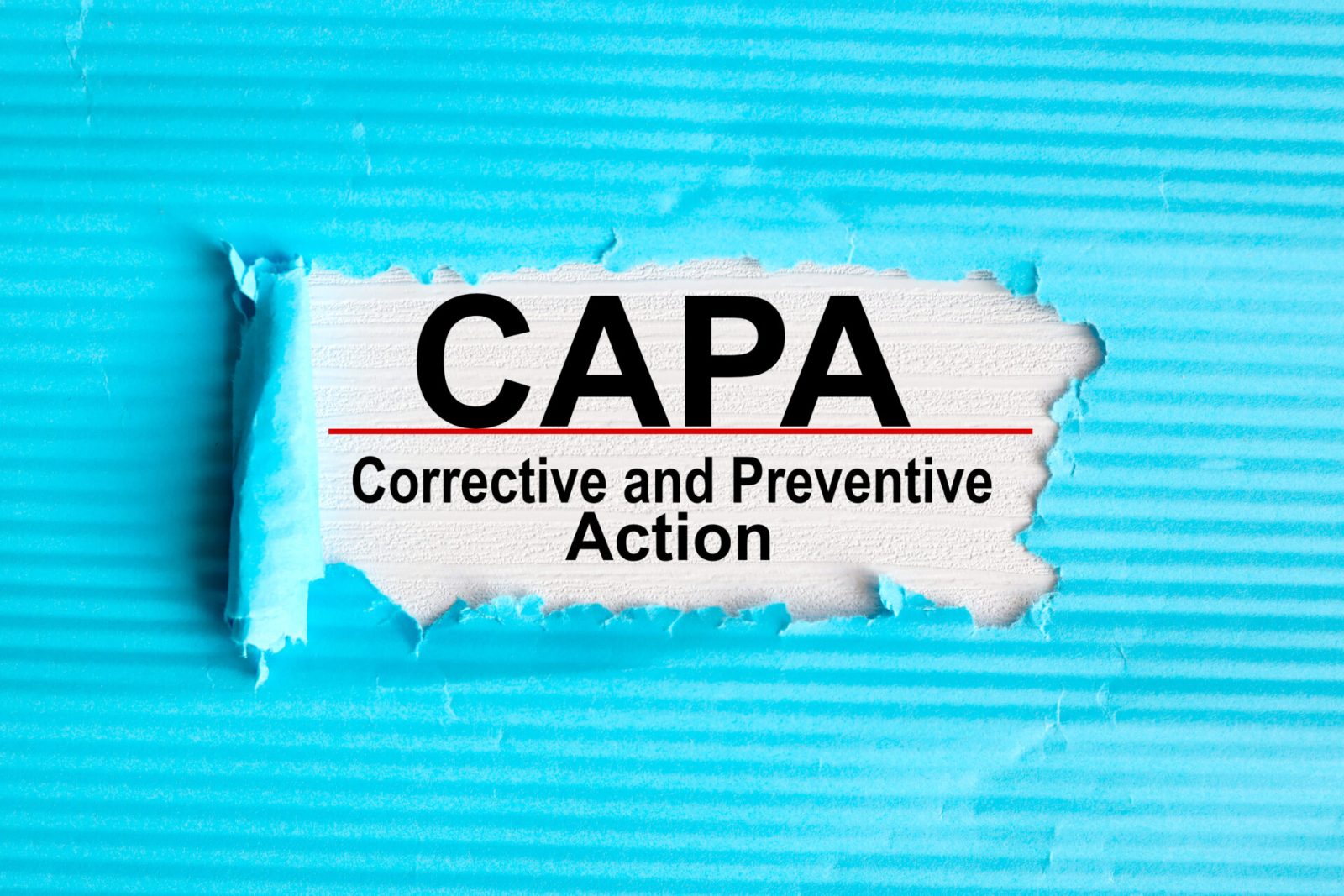Controlling change is daunting, but controlling process change can be significantly improved by taking a Kepner-Tregoe (KT) process approach.
Many organizations take advantage of KT methods in activities related to process change, particularly process validation—the collection and evaluation of data from process design through commercial production. For example, when project planning for process installation kicks in, Kepner-Tregoe tools provide a reliable way to support process validation. The KT methods reduce the set backs that too often seem inevitable in relation to change.
The following tools offer step-by-step procedures for addressing key issues during process validation:
· Situation Appraisal: What is going on?
· Decision Analysis: What is the best, balanced choice?
· Potential Problem/Opportunity Analysis: What risks or favorable conditions could arise?
· Problem Analysis: What went wrong and how can it be resolved?
The systematic KT methods help project teams to think through the project plan, manage day-to-day delivery and ensure that the plan delivers the anticipated results. The fully documented KT methods promote and support three key areas of process validation: planning, installation and qualification.
1. Planning the Process Installation
Once the process has been designed and approved, Installation Qualification (IQ) validates that the equipment adheres to specifications and is properly installed according to plan. During IQ, Situation Appraisal (SA) can surface concerns with using specific equipment or materials. Decision Analysis (DA) identifies the best-fit equipment and materials for the design. Potential Problem Analysis (PPA) is used to analyze risk or what could go wrong with the installation. Once the PPA is developed, it is easier to execute an installation that has potential problems identified, corrective actions taken, and contingencies planned if problems do arise.
2. Planning Operational Qualification
Operational Qualification (OQ) confirms that the process functions in the way it was designed—equipment is run to ensure function and the process operated to make sure it is correct. For example, OQ confirms that the motors rotate in the correct direction, valves are installed correctly, piping systems are the correct size and material, etc. During the OQ project design, Situation Appraisal (SA) surfaces concerns about starting equipment for the first time. PPA is used to identify any potential problems with starting the new equipment—and their causes; it is used to take preventive actions and to set contingent actions in case problems should arise. This sounds a lot like a Failure Modes Effect Analysis (FMEA) but it is a higher level—quickly identifying any concerns that may need a deeper level of scrutiny. During the roll out of the project, if any problems arise, Problem Analysis (PA) gets you to root cause efficiently and PPA helps to prevent recurrence.
3. Planning Process Qualification
Process Qualification ensures that the process actually produces the product to spec, in terms of quantity, sizes, quality and other factors. Situation Appraisal helps to surface concerns that may exist with starting to run the equipment—as well as during long-term use. Risk analysis with KT PPA identifies and prevents problems—and sets contingent actions should problems arise—during process startup and long-term use. Root cause analysis with KT Problem Analysis has proven effective should issues arise during manufacturing or laboratory testing of the product. KT Problem Analysis defines questions that when answered provide the data needed to write the Investigation report proving identification of root cause.
There is a lot of work that goes into the IQ, OQ and PQ phases of a validation. Validations can take on many forms from very simplistic to the extremely complicated. This short synopsis addresses a few of the areas of validations that are easily enhanced by the systematic, well-documented approach of KT methodology.







